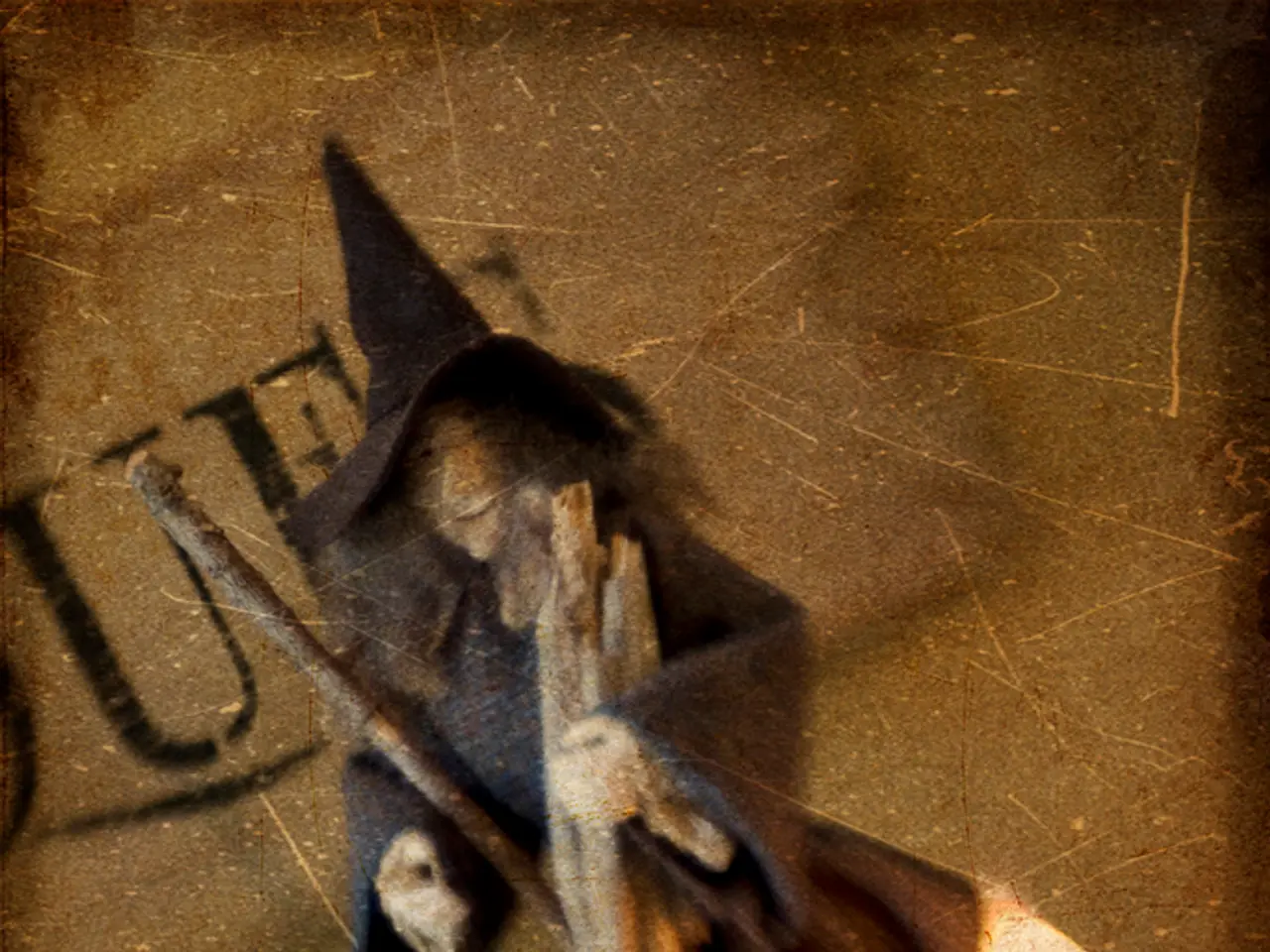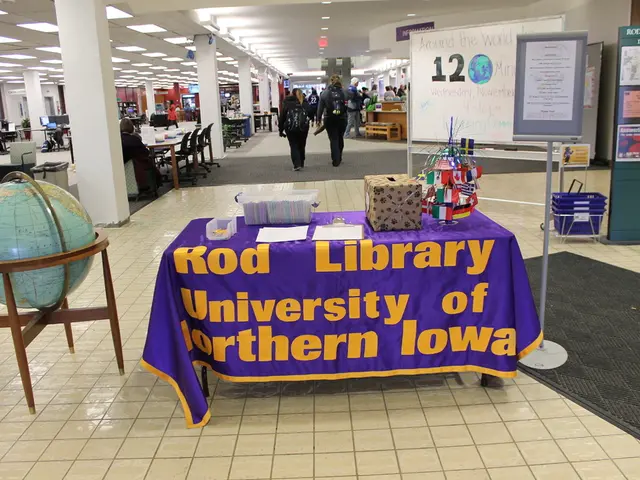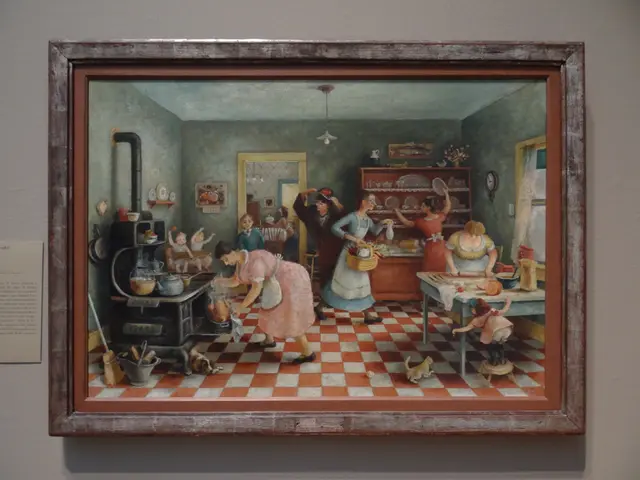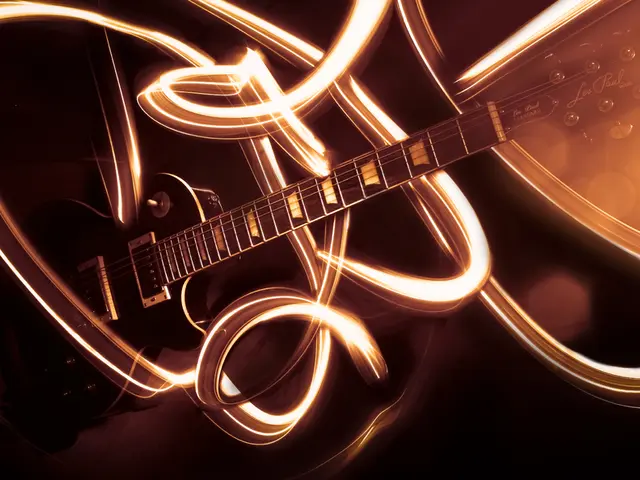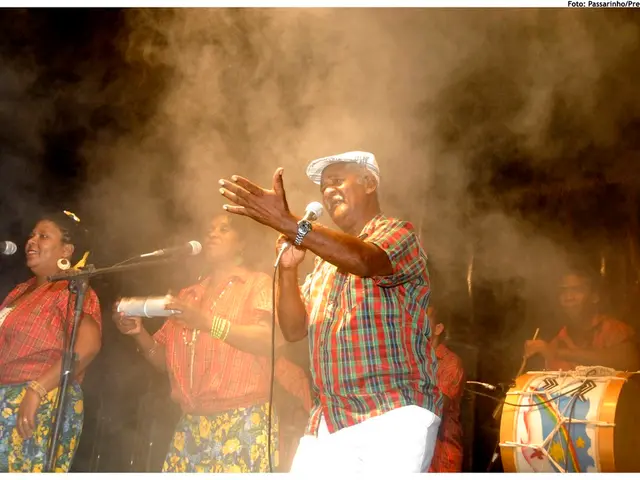Unveiling the Origins of Halloween Celebrations
In the realm of autumn celebrations, few holidays have undergone such an intriguing transformation as Halloween. Tracing its roots back to the ancient Celtic festival of Samhain, this holiday has evolved over time, blending Celtic rituals with Christian traditions, and becoming a global spectacle that emphasizes costumes, mischief, and honoring the dead.
Samhain, celebrated from sunset on October 31 to sunset on November 1, marked the return of winter and the end of harvest. During this liminal time, the boundary between the physical and spirit world dissolved, allowing supernatural forces to move freely between them. Some spirits were appeased with offerings of milk and bread placed near doorways or burial sites, while turnip lanterns were carved and placed near doorways to frighten off wandering spirits, a practice associated with the legend of Stingy Jack.
In response, communities gathered on hilltops to light large bonfires, a ritual that continued as Halloween found a lasting home in American suburbia after World War II, leading to its rapid commercialization. Many arrived in disguise during Samhain, some darkening their faces with soot, and others wearing carved masks or animal hides to confuse vengeful spirits.
The arrival of Irish immigrants in the United States during the 19th century brought a hybrid version of Halloween, which retained its sense of inversion as a night when boundaries blurred and the unusual became acceptable. The belief in a thinned veil saw Halloween as a time when the dead could return to earth, a belief that was replaced by the Christian emphasis on praying for the souls of the dead during All Saints' Day and All Souls' Day.
As Halloween evolved, so did its traditions. Young girls played divination games to predict romantic pairings, tossing apple peels over their shoulders to reveal a suitor's initial or reading shapes formed by molten lead dropped into cold water. Barmbrack, a fruit-studded bread, was baked with hidden tokens inside, where a ring meant marriage, a coin meant prosperity, a thimble warned of spinsterhood, and a scrap of cloth signaled financial trouble.
In dense urban neighborhoods, Halloween became a night when young people gathered in groups, often without adult supervision, resulting in mischief-making. In response, civic groups launched a coordinated effort to restore order, leading to the emergence of trick-or-treating. Trick-or-treating replaced prayers for the dead with a smile and a costume, exchanged for a treat at each door.
Today, the modern Halloween is a vibrant spectacle, with families building ofrendas (altars) in their homes or public spaces and filling them with photos, candles, paper marigolds, religious icons, and offerings like pan de muerto (a sweet bread decorated with dough 'bones'). Costume manufacturers have expanded their offerings beyond traditional ghosts and goblins to include cowboys, princesses, and celebrities.
Meanwhile, Día de los Muertos continues to represent both Catholic and Indigenous elements, but the emotional center remains the same: remembering and reconnecting with loved ones who have died. The Aos Sí, a temperamental race of fairy folk, are still believed to partake in a 'darker version of 'trick or treat''.
As we celebrate Halloween this year, let us remember its rich history and the cultural exchange that has shaped it into the holiday we know today. Whether we are dressing up, carving pumpkins, or offering treats to trick-or-treaters, we are participating in a tradition that spans thousands of years and bridges continents.
Read also:
- Dual-function mattress offers both cooling and coziness at an affordable price.
- Krafton countersues Unknown Worlds, asserting that Subnautica 2 posed a threat of significant damage to their entire franchise, similar to the potential harm Kerbal Space Program 2 supposedly inflicted.
- Title Transformation: Utilizing the Shifting Dynamics of British Politics, Bernie Sanders' Potential Advantage
- Strategies for Conquering Major Obstacles in Expanding a Political Group
